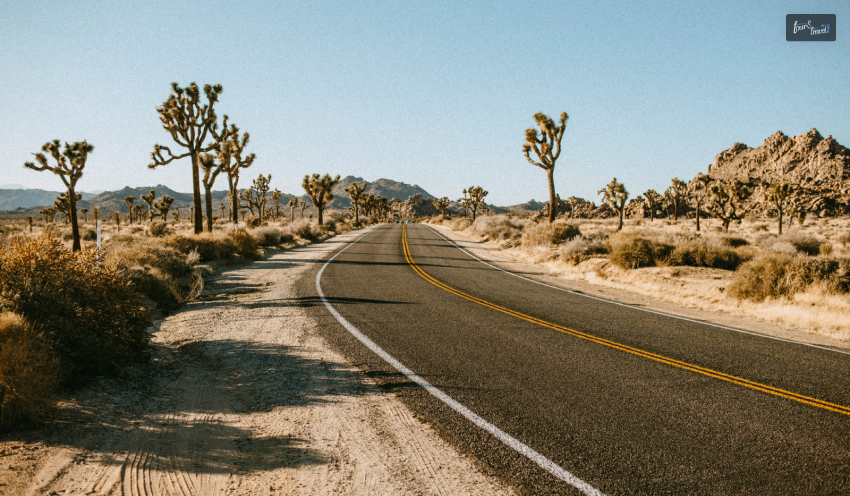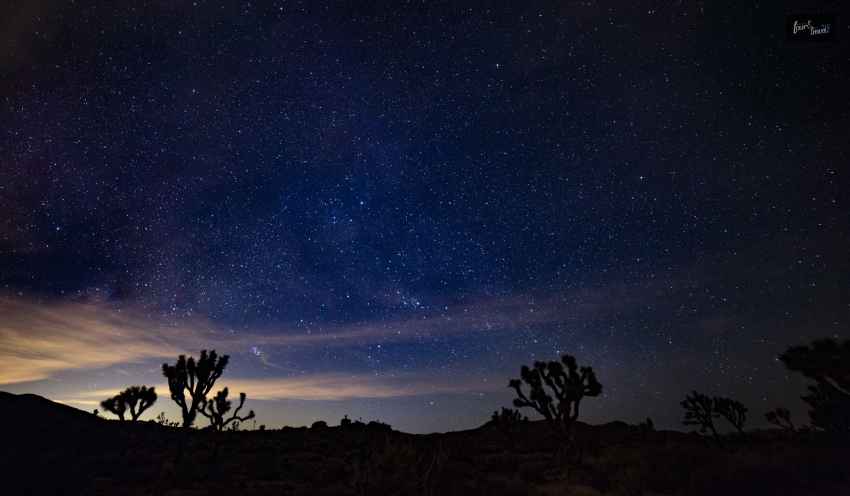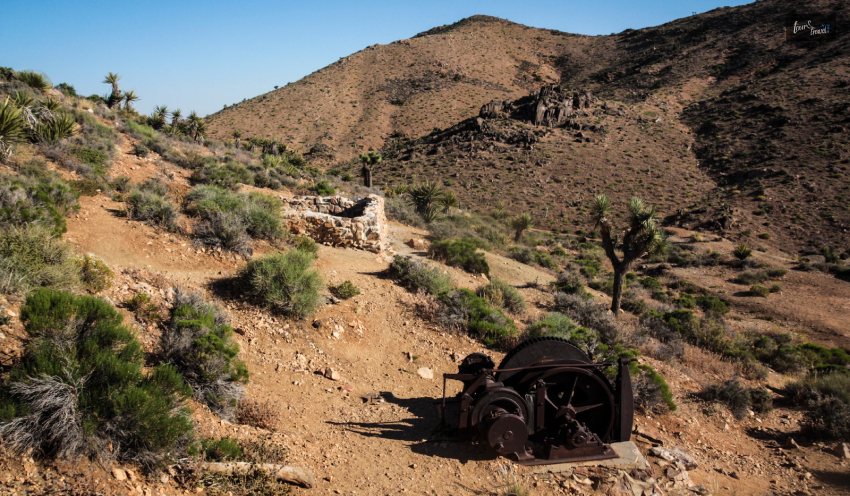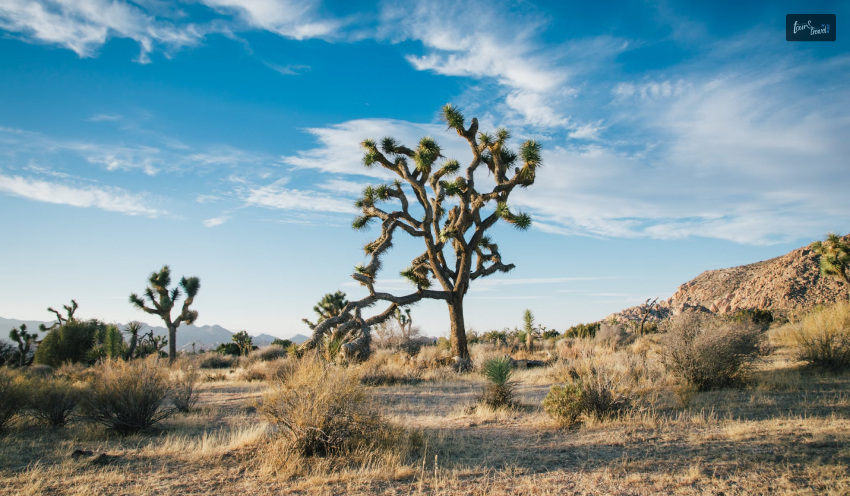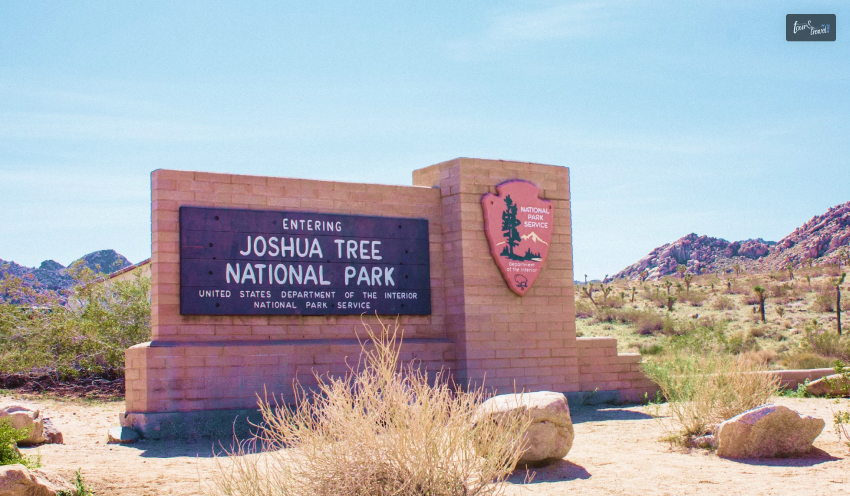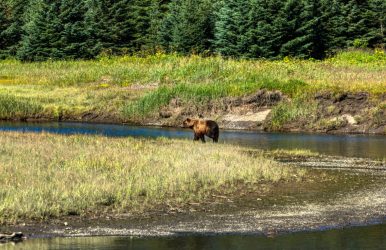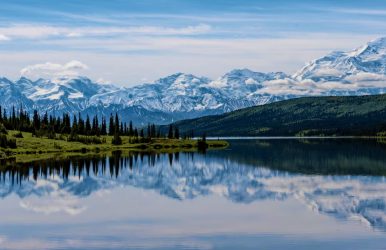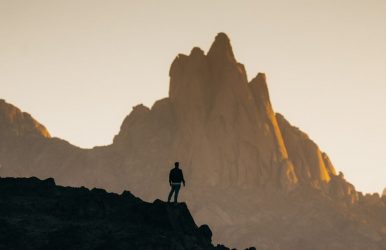Lake Clark National Park And Preserve: Very Few Know How It Preserves The Alaskan Spirit And Culture
BY Sibashree Sep 10, 2024
Lake Clark National Park is committed to subsistence. It’s a sincere effort not to impact the “physical and spiritual culture of Modern Alaska.” Further, the park authority wants to pass on the park’s history to the future generation and the public. So, it was not surprising when the park sought public opinion on the exploration of its mineral tracts (Johnson Tract). Located in the Johnson River headwater, Johnson Tract is a polymetallic project, and mining of gold, silver, copper, zinc, and lead is possible here. Public comments on “transportation and port site easements” are invited so that there is better accessibility to Johnson Tract. However, the more important aspect of it is analyzing the environmental impact of the project on the park. There will be the following activities, and the analysis report will likely be published in the fall of 2024. Hydrological assessment Geotechnical assessment Surveys of cultural and natural resources But that’s not all! There have been many published stories, such as “Dena'ina Ełnena,” “Canneries, Cabins, Caches,” and more on this national park. Moreover, storytelling by the Native community or the tradition of oral storytelling is still alive here as a part of the “University of Alaska Fairbanks program.” The things I have discussed so far show how the park is focused on preserving its personal and shared identities. Now, I will delve into some related details and also talk about what makes Lake Clark National Park special in terms of places to visit and things to do. Preserving History And Culture At Lake Clark National Park Do you know the original name of Lake Clark? Dena’ina people call it “Qizhjeh Vena,” meaning “a place where people gathered lake.” Further, the people of Dena’ina, or Athabascan culture, have made this region their home for thousands of years now. How they see the lake and the surrounding land as the main resource of their lives will change the common perspectives about this national park. It is not just a preserved space with wilderness, interesting landscapes, and scenic beauty! It is an account of human history. Women were always taught to be independent in this culture. They knew how to set snares and ground squirrels. This was an important exercise so that they had to never be dependent on others for food. Athabascan people, originally from Alaska, started residing here. Further, with time, they encountered people from Russia, the USA, Canada, and Western Europe. Thus, their way of living evolved. However, they have made an effort to preserve their old way of living, and subsistence is still the key to their lives. I have already mentioned how the oral and written stories preserve the cultural spirit of the park for posterity. Further, the Natural and Cultural Museum of the park preserves many artifacts, geological samples, and ethnographic items so that you can learn about the physical, spiritual, and cultural transformations. Here is a breakdown of the total 248,402 items preserved at the museum. Type of ItemNumbers Archeological Artifacts34,363Park Archive Documents202,397Historical Artifacts, Documents, And Photos4,663 Biological Specimens6,838Paleontological Specimens47Ethnographic Items16Geological Samples69Objects of Art 9 The museum specialists take special conservation measures to make these objects available for posterity. These Are The Historically Significant Places In Lake Clark National Park And Preserve https://www.instagram.com/p/B_VbC2clywQ/ Many areas of the park have names in English and Dena’ina. The names in Dena’ina are crucial if you want to understand their significance and the story behind them. Here’s a brief list of the historical places to visit in this park. Dena’ina Tinitun or Trails Ancestral Telaquana Trail Tanalian Point Hnitsanghi’iy 'The Rock That Stands Alone' (Priest Rock) Qizhjeh Vena or Lake Clark Kijik (Qizhjeh) National Historic Landmark and Archeological District While the sites have historical significance, they also speak volumes about Dena’ina values and way of life. For example, the trails here show the importance of social, cultural, and ceremonial participation among Dena’ina people. Many also believe that these trails are like “geological and educational maps” for future generations. Subsistence Is The Key At Lake Clark National Park And Preserve Dena’ina people believe that the wilderness and animals will be good. It is we, humans, who have to be respectful toward them. To adhere to this, people in Dena’ina culture develop a communal understanding, and learn how to make the most of the limited ecological resources available. To maintain the art of subsistence, the people of Dena’ina culture focus on the following aspects. The Ethics of Taking Hunters need to donate some part of the meat to the ill, old people, and families. This exercise shows how the tribe prioritizes communal bonding. Further, along with food distribution, the exchange of knowledge and resources is equally important in this culture. Hunting and Trapping https://www.instagram.com/p/B8M_BvyHeUx/ Hunting animals, especially caribou and moose, is important for survival. Further, the distribution of meat according to the “Ethics of Taking” also builds community cohesion. Trapping is a year-long activity here. Small animals such as mink, river otter, and Alaska hare are trapped to support living. However, Dena’ina people learn the skills of not hurting others or non-targets while trapping small animals. Plant Harvesting Dena’ina families use various parts of the plants for different purposes. They collect food from the plants, and some of the plants also have medicinal properties. Further, trees and plants are often sources of tools, fuel, wearable accessories, and ceremonial essentials for them. Berries grow in abundance here. Northern black currant, crowberries, and blackberries are some common varieties. Crowberry and blackberry leaves are used to cure diarrhea. Further, the stems of crowberry have medicinal properties that cure kidney problems. Fishing and Fish Camps Summer and fall are the seasons of salmon in the Lake Clark National Park and Reserve. During these seasons, this national park has the largest salmon migration in the world. Further, families reunite and celebrate, and tourists flock in great numbers to the park to see and catch salmon. Pike, trout, grayling, and whitefish are other varieties of fish found here. In addition, there are Nundaltin Q’estsiq’ and other fish camps where fish is processed and a temporary community is built. Ethnographic studies further support all these subsistence activities. These studies related to fishing and other outdoor activities and the art of Dena’ina people living around Lake Clark are crucial. These studies help the local people to respond better to the economic, environmental, and sociocultural changes. Things To Do At Lake Clark National Park And Preserve The vast wilderness and unique geological features make Lake Clark National Park suitable for hiking, camping, boating, fishing, rafting, and many other outdoor pursuits. Make the most of your time at the park! 1. Rafting In The Wild River https://www.instagram.com/p/CeSJ6Hbo0gw/ Tlikakila, Mulchatna, and Chilikadrotna are three wild rivers in the park. All these rivers are great for rafting. However, you must adhere to the Alaska Office of Boating Safety guidelines to avoid mishaps. 2. Fishing https://www.instagram.com/p/Cvz9q0ns6ms/ May to October is the best season for fishing in the Lake Clark National Park. Lake Clark is the main fishing hub here, and you can also explore Crescent Lake and Silver Salmon Creek. 3. Hiking https://www.instagram.com/p/CrgO6IoOATU/ Tanalian Trails are the most popular for your hiking expeditions in this park. You can walk to Tanalian Mountain, Kontrashibuna Lake, Beaver Pond, and Tanalian Falls. Many hikers also try hiking the Lake Clark and Upper Twin Lake trails. 4. Bear Viewing https://www.instagram.com/p/C9kRPM2OYmi/ Silver Salmon Creek, Chinitna Bay, and Crescent Lake are the best sites for bear viewing in Lake Clark National Park. 5. Camping https://www.instagram.com/p/BCO9H6jgnnr/ The area near Hope Creek is suitable for camping. Cook Inlet Coast is another place where you can put up your camps. Knowing The Wildlife At Lake Clark National Park And Preserve Lake Clark National Park And Preserve is the place where you will get to see a bear in the stream and coming out with a salmon between its teeth. Very few people know that this national park is home to as many as 37 terrestrial animals and 187 bird species. Nonetheless, have a look at the table below to learn about the animals you will meet at this national park. MammalsBrown bearsBlack bearsDall sheepCaribouWolvesMooseBirdsGolden-crowned sparrowBald eaglesGolden eaglesTrumpeter swansSea ducksOlive-sided flycatcherFishSockeye SalmonArctic GraylingRainbow troutPike Did You Know? People in the Lime Village believe that olive-sided flycatchers and golden-crowned sparrows announce the arrival of the salmon season (around 3.1 million every year). Birds are seen around the inland lakes, mountains, and coastal areas. Before You Set In… Lake Clark National Park is a place less trodden by. Here is a quick glance at the things you need to know. Established: 2nd December, 1980 Area: 4,030,006 Acres Number of Visitors: 16,728 (2023) Best Time to Visit: Late Spring to Early Fall Highest Point: Redoubt Volcano (10,197ft) Visitors Center: Port Alsworth Visitor Center Entry Fee: Free Best Mode of Transport: Small Planes Run by Authorized Air Taxi Companies Yelp Rating: 4 Star Also read Why Include Whale Watching In Your LA Itinerary. Traveling On A Budget: Tips For Affordable Adventures. From Cocktails To Kickflips: Must-Try Activities In San Diego.

